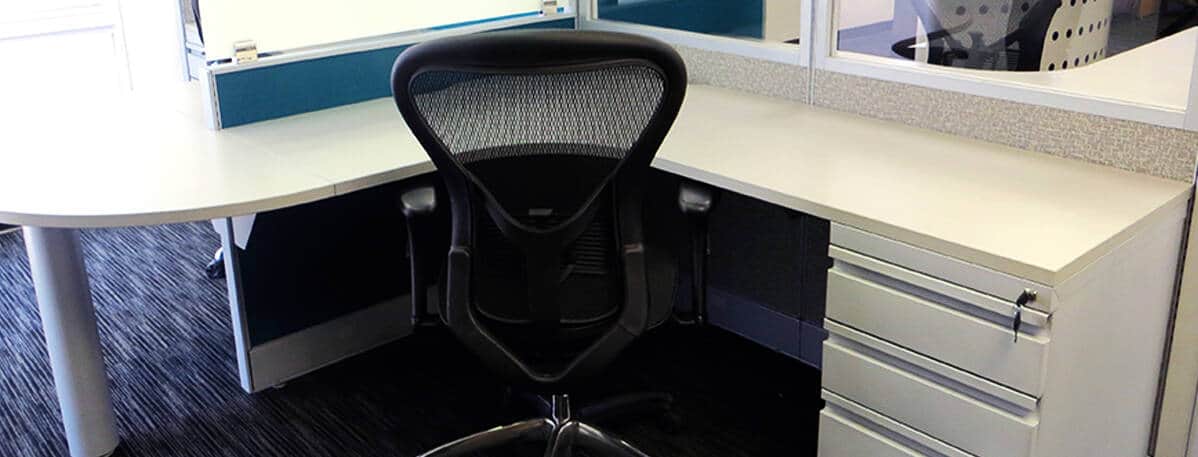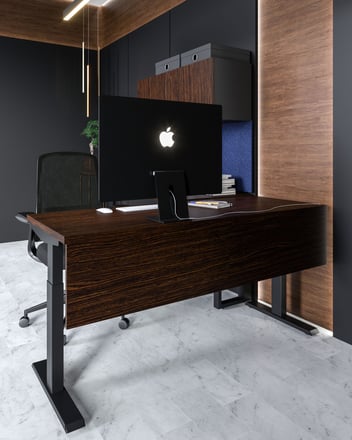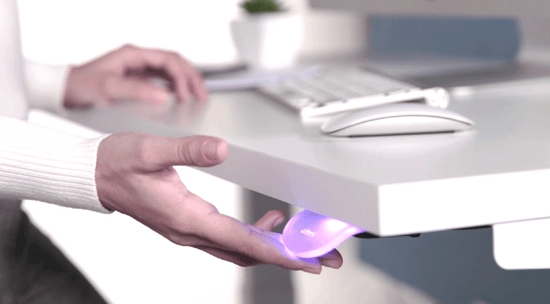How to create a healthier workplace through ergonomic design
Technology advancement changed the way people physically work in the office.
Over the years, computers, printers, and even 3D screens got introduced into the offices. This made work more accessible, and employees now spend over 12 hours on their seats. The sedentary lifestyle poses an inherent danger to employees’ health and well-being.
This led to unique ergonomic problems that enhanced the rate of musculoskeletal disorders because of poor posture. So, ergonomic and office design is essential for curbing workplace-related illnesses. Two aspects create a healthier workplace. A healthy workplace should include physical activities, medical care attention, and of course, ergonomic furniture.
Ergonomic design
Ergonomic design refers to incorporating good workplace designs for the employees’ comfort, health, and well-being. It not only involves seating but also the study of employees’ abilities and challenges in their workplaces. It changes the way they interact with products, systems, and surroundings.
The design aims at improving workspaces and the surrounding environment to reduce the risk of injury or harm. Therefore, as technology advances, we need to ensure that the tools we use for work get designed according to our body's needs. Once you embrace ergonomic design in your workplace, you will hold back three stressors that are a problem to workers. These include:
- Repetitive tasks
- The energy needed to perform tasks
- Abnormal postures
Ergonomic design should not only include office furniture but also best practices. Employees should
- Take breaks to move and stretch
- Stand while working on cutting the seating monotony
- Rest their eyes by looking away from the computer for at least 20 minutes
Ergonomically Designed Office Equipment
Ergonomically designed office equipment works by eliminating physical discomfort experienced by employees at work. It reduces their body pain and workplace-related health issues. So, office furniture’s get made for the employees’ comfort rather than functional needs fulfillment. Some of its benefits are:
It helps curb health problems
Imagine spending over 8 hours a day for five days a week on a chair? Wouldn’t your back pain? Back pain is a primary issue experienced by many workplace employees because of prolonged seating periods and poor posture. Some back pains extend to neck, joints, and legs pain.
Ergonomic furniture boasts of a design that supports the user’s body, thus suppressing health problems. It reduces muscle strain when sitting, improves posture, and comforts you.
Makes Working Comfortable
An extensive working desk makes working comfortable and fun. It can also hold more pieces of equipment and provide ample space for leg and back stretching. Adjustable height and padded seats enhance comfort.
There is some ergonomic furniture in the market that includes:
- Sit-stand desks
- Attached footrest to desks and tables
- Ergonomic Computer mice
- Desks with slide drawers
- Adjustable executive chairs with wheels

Helps the Company and Employees to Save Money
Ergonomic furniture is more expensive compared to traditional ones. But it is value for the money since it will help carry out work effectively. It also saves employees money and time for frequent back checkups and medical bills for back and leg surgery. When your employees are comfortable, they change productivity and contentment.
Ergonomic Chair Design: Elements To Consider
An ergonomically designed chair possesses several features that improve your posture. They also provide ample support to the user if used in the right way. Good ergonomic chairs are adjustable for better control. They offer customized settings that allow for use by people of different heights and weights. Here are some features that you should consider for an ergonomic chair.
Height
The ideal height seat should allow your feet to lie flat on the floor. That is why it’s vital to invest in an adjustable height.
Width and Depth
The ergonomic seat width should have a 2-4 inches seat depth between the user’s back knees and seat edge. This minimizes pressure at the back of the knees.
Seat tilt
An ideal ergonomic chair should have a tilting feature. This allows the user to position their pelvis correctly. That means they will less experience anterior pelvic tilt, which is a posture issue that affects people who sit for long hours. So, the chair should tilt at least 80 degrees for the ankles, hips, and knees.
Backrest reclines
Seating should have an adjustable backrest that allows the user to have a good back and spine support. It also enables your backrest to accommodate your upper body weight and reduce your spinal disk and muscle pressure.
Wrap Up
It is possible to create a healthy working place with an ergonomic design. This not only improves users’ posture but also increases productivity. Office owners should invest in ergonomic furniture such as adjustable tables and chairs.



.webp?width=352&name=comunicacion-laboral-efectiva-para-reducir-estres-y-fatiga%20(1).webp)
.webp?width=352&name=oficina-decoracion-otono-acogedor%20(1).webp)
